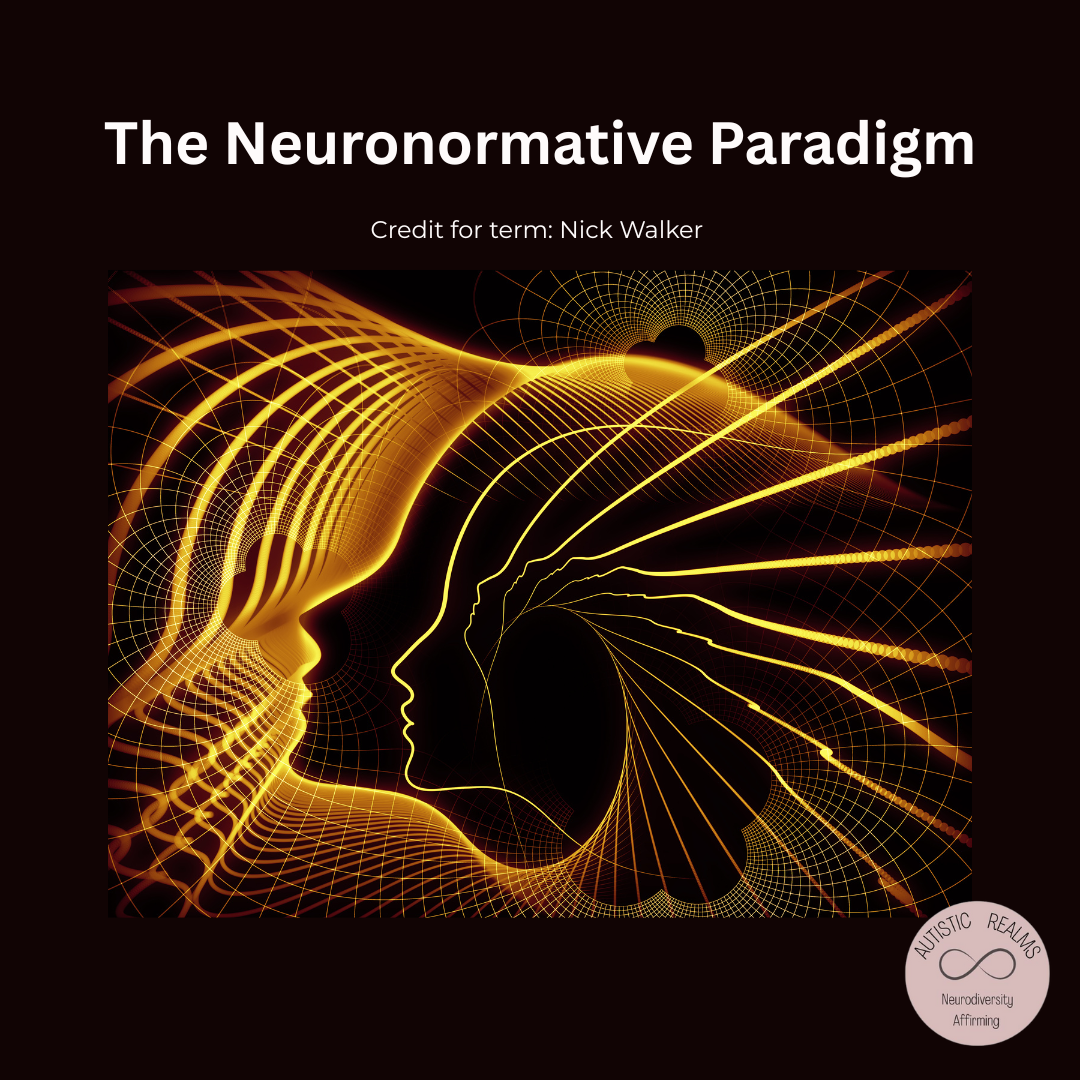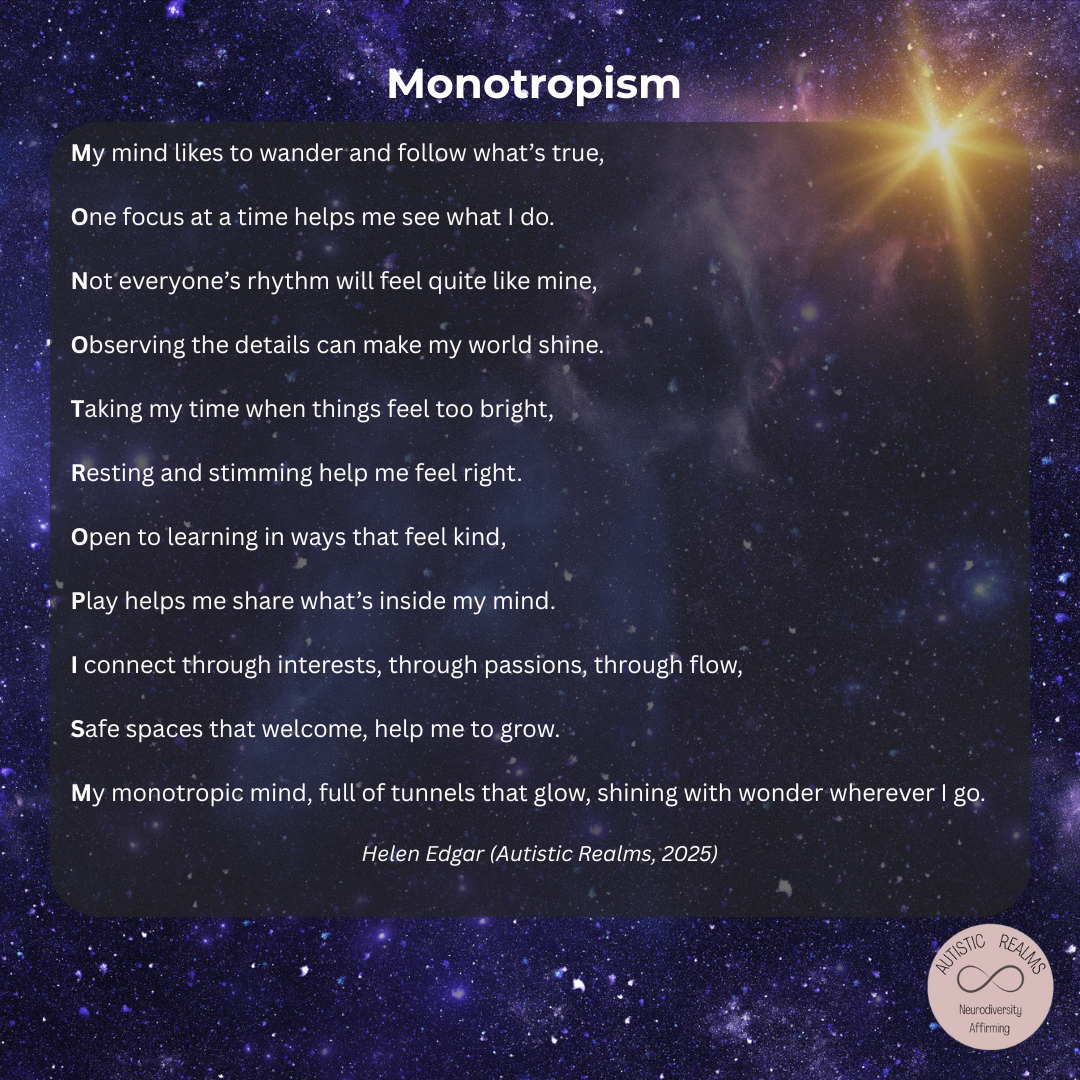Your basket is currently empty!

Penguin Pebbling: An Autistic Love Language
As far as I know, the concept of Penguin Pebbling was first introduced by Amythest Schaber and is one of the Five Neurodivergent Love Locutions that Stimpunks have also written about. For many in the neurodivergent community, especially Autistic people, communicating and socialising in different ways like penguin pebbling and body doubling is a meaningful way we can show we care, it can help build connections and friendships in our own unique ways.
A Neurodivergent Love Language
Have you ever come across something, a shiny stone, a meme, a line from a book or a song and immediately thought of someone you care about?
Maybe you shared it with them, just to say: “Hey, this made me think of you!”
That small act of spontaneous connection is a way of expressing a neurodivergent love language – it is Penguin Pebbling.
Penguins pass pebbles to other penguins to show they care. Penguin Pebbling is a little exchange between two people to show that they care and want to build a meaningful connection. For Autistic people, giving little gifts spontaneously can be a way of communicating that you are thinking about someone and want to share some joy. We are not talking about spending money, rather it is about building connections through the friendship you have developed between you both.
This could look like finding a pretty pebble, twig, or flower, perhaps taking a photo on a walk you enjoyed together and sharing it with someone to say, ‘This reminded me of you today, I hope you like it.’ Navigating the complex world of communication and socialising in certain expected ways may feel too much at times and Penguin Pebbling is a small act of friendship, it is a nice thing to do!

The Origins: Penguins and Pebbles
In the wild, Gentoo penguins present pebbles to their potential mates as part of bonding rituals. The pebble isn’t just a rock, it’s a gift, a gesture, a way of saying “You matter to me.”
In neurodivergent communities, especially among Autistic people, the term Penguin Pebbling captures this quiet, non-verbal way of showing affection, friendship, and trust. It’s about offering something small, not in monetary value, but in meaning.
These are examples of what your pebbles may look like:
A pretty stone from a walk.
A shared meme that captures a private joke.
A link to an article about a mutual interest.
A photo of moss, because you once talked about how much they love moss.
Why It Matters: Communication and Connection
For many neurodivergent people, traditional social expectations around communication can feel overwhelming, confusing, or performative. Small talk, unwritten rules, and social scripts can create barriers to connection, it can lead to masking and highlight the Double Empathy gap (Milton, 2012). Penguin Pebbling offers an alternative way to connect through mutual attention, flow and shared meaning making.
Penguin Pebbling is not about grand gestures or social obligations, it is about authentic presence, it says:
“I saw this and thought of you.”
“This reminded me of our conversation last week.”
“I wanted you to have this, as I know you like things like this.”
Penguin Pebbling can serve as a way to communicate care without the pressure of sustained interaction. It is ideal for times of burnout, social fatigue, or when verbal communication feels inaccessible, it can bring joy and add a glimmer to someone’s day.
What Penguin Pebbling Can Look Like
In today’s world, much of our connection happens online and for many neurodivergent people, digital spaces offer much needed accessibility and freedom from social scripts and neuronormative ways of being that often dominate offline spaces.
Supportive online communities such as Stimpunks, and Thriving Autistic , who I’m fortunate to work with, provide spaces where Autistic people can connect more easily and authentically and are spaces where Penguin Pebbling thrives.
Penguin Pebbling can take many forms, depending on the context and the people involved:
- Picking up a shell, twig, or leaf to give someone during a walk
- Sending a photo from a place that holds shared meaning or you know is related to their Autistic interest and passion (it can create a shared monotropic flow of shared attention and appreciation for something)
- Sharing a link to a song, blog post, or book that made you think of them
- Tagging someone in a social media post that you know will resonate with their interests
- Sending a doodle, craft, or creative piece inspired by them
- Sharing a funny frog meme because they mentioned liking frogs
- Curating a playlist you think some one may like
These gestures might seem small from the outside, but within neurodivergent relationships, they can hold deep meaning and is a wonderful way of sharing joy.
Pebble Bridges
Damian Milton’s (2012) Double Empathy Problem theory explains that communication breakdowns, especially between Autistic and non-Autistic people often arise not from social deficits, but from mutual misunderstanding. In contrast, many neurodivergent people experience smoother, more natural communication with others who share similar life experiences due to being neurodivergent.
Penguin Pebbling fits within this framework as it sidesteps conventional expectations and builds little pebble bridges of relational closeness in a way that honours authentic neurodivergent modes of connection and shared interests.
As Amethyst (Neurowonderful, 2021) said, “Penguin Pebbling gets back to SpIns (special interests), both inviting people into yours and encouraging other’s. Special interests are a trove for unconventional gift giving“.
Whilst penguin pebbling may not be exclusive to Autistic people, it’s a love language that seems to resonate with lots of us. It is a thing you may already do instinctively but didn’t have a name for until now.
Penguin Pebbling is a reminder that not all connection is loud, linear, or language-based, some of it is quiet, intuitive, and deeply felt, just like when penguins offer pebbles to each other.
Pebbling as Care
In a world that often demands speed, productivity, and neuronormative performative connection, Penguin Pebbling offers an alternative way that is slow and provides gentle gestures of relational care.
Penguin Pebbling says:
I see you.
I remembered.
I care.
Whether in person or online, neurodivergent or not, Penguin Pebbling offers a way to show you are thinking of some one and want to connect and is a low demand way of building relationships. If you come across something that reminds you of some one, makes you smile and brings some joy, offer them a pebble to let them know they are cared for and thought about, it is a nice thing to do and a valid way of communicating and building friendships.
Find out more about Penguin Pebbling
Stimpunks: https://stimpunks.org/2022/01/22/the-five-neurodivergent-love-languages-2/
The Elyse Edit: https://theelyseedit.substack.com/p/penguin-pebbling-the-most-misunderstood
Brains and Spoons: https://www.tiktok.com/@brainsandspoons
Neurowonderful (Myth/ Amythest): https://neurowonderful.tumblr.com/archive
This article was updated in June 2025 based on the blog I originally wrote for The PDASpace (2023).
I have lots of free downloadable e-books and visuals.
Feel free to share and pass them on to friends, family, and colleagues as a
penguin pebble
if you think they may like them!
Latest Posts
-
Autistic Burnout – Supporting Young People At Home & School

Autistic burnout in young people is real—and recovery starts with understanding. This post offers neuroaffirming ways to spot the signs, reduce demands, and truly support. 💛 #AutisticBurnout #Neuroaffirming #Monotropism #AutisticSupport
-
Monotropic Interests and Looping Thoughts

The theory of monotropism was developed by Murray, Lawson and Lesser in their article, Attention, monotropism and the diagnostic criteria for autism (2005). Monotropism is increasingly considered to be the underlying principle behind autism and is becoming more widely recognised, especially within autistic and neurodivergent communities. Fergus Murray, in their article Me and Monotropism:…
-
Map of Monotropic Experiences

Monotropism seeks to explain Autism in terms of attention distribution and interests. OSF Preprints | Development and Validation of a Novel Self-Report Measure of Monotropism in Autistic and Non-Autistic People: The Monotropism Questionnaire This map highlights 20 common aspects of my personal monotropic experiences. How many do you experience? Where are you on the map…
-
Autistic Burnout – Supporting Young People At Home & School

Being autistic is not an illness or a disorder in itself, but being autistic can have an impact on a person’s mental and physical health. This is due to the often unmet needs of living in a world that is generally designed for the well-being of people who are not autistic. In addition, three-quarters of…
-
The Double Empathy Problem is DEEP

“The growing cracks in the thin veneer of our “civilised” economic and social operating model are impossible to ignore”, Jorn Bettin (2021). The double empathy problem (Milton, 2012) creates a gap of disconnect experienced between people due to misunderstood shared lived experiences. It is “a breakdown in reciprocity and mutual understanding that can happen between people…
-
Top 5 Neurodivergent-Informed Strategies

Top 5 Neurodivergent-Informed Strategies By Helen Edgar, Autistic Realms, June 2024. 1. Be Kind Take time to listen and be with people in meaningful ways to help bridge the Double Empathy Problem (Milton, 2012). Be embodied and listen not only to people’s words but also to their bodies and sensory systems. Be responsive to people’s…
-
Autistic Community: Connections and Becoming

Everyone seeks connection in some way or another. Connections may look different for autistic people. In line with the motto from Anna Freud’s National Autism Trainer Programme (Acceptance, Belonging and Connection), creating a sense of acceptance and belonging is likely to be more meaningful for autistic people than putting pressure on them to try and…
-
Monotropism, Autism & OCD

This blog has been inspired by Dr Jeremy Shuman’s (PsyD) presentation, ‘Neurodiversity-Affirming OCD Care‘ (August 2023), available here. Exploring similarities and differences between Autistic and OCD monotropic flow states. Can attention tunnels freeze, and thoughts get stuck? Autism research is shifting; many people are moving away from the medical deficit model and seeing the value…
-
Monotropism Questionnaire & Inner Autistic/ADHD Experiences

Post first published 28th July 2023 Over the past few weeks, there has been a sudden surge of interest in the Monotropism Questionnaire (MQ), pre-print released in June 2023 in the research paper ‘Development and Validation of a Novel Self-Report Measure of Monotropism in Autistic and Non-Autistic People: The Monotropism Questionnaire.‘ by Garau, V., Murray,…
-
Penguin Pebbling: An Autistic Love Language

Penguin Pebbling is a neurodivergent way of showing you care, like sharing a meme or twig or pretty stone to say “I’m thinking of you,” inspired by penguins who gift pebbles to those they care about.
-
The Neuronormative Paradigm: Naming The Systems That Harm

The Neuronormative Paradigm, conceptualised by Nick Walker, names the systems that define and enforce what society considers normal. This exploration piece contrasts the neuronormative paradigm with the neurodiversity paradigm, which recognises all ways of being as vital to human diversity.
-
Monotropism: A Poem

A poem about monotropism for children, young people, families and educators to open conversations about Autistic & ADHD experiences.
-
Understanding the Double Empathy Problem: A Guide For Autistic People & Families

FREE Neuro-Affirming Communication & Sensory Passport + Training Support Autistic people through better understanding of communication, sensory needs & double empathy.












